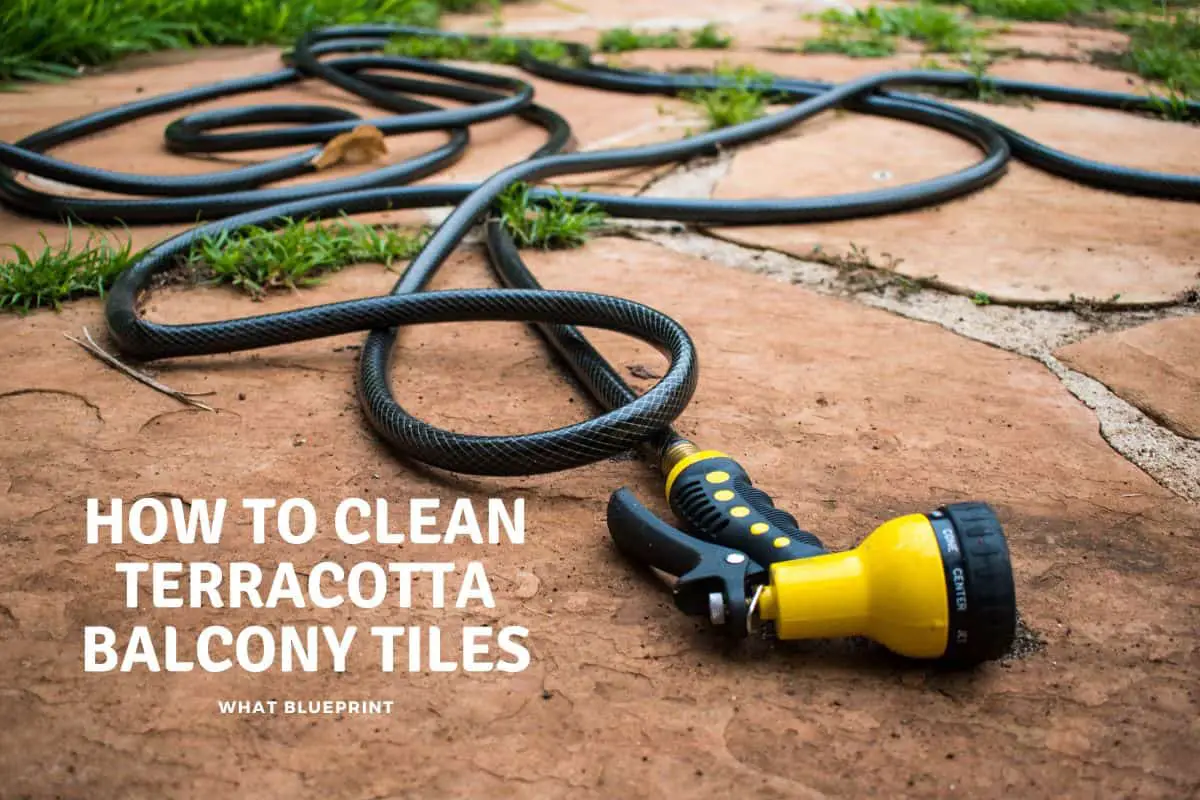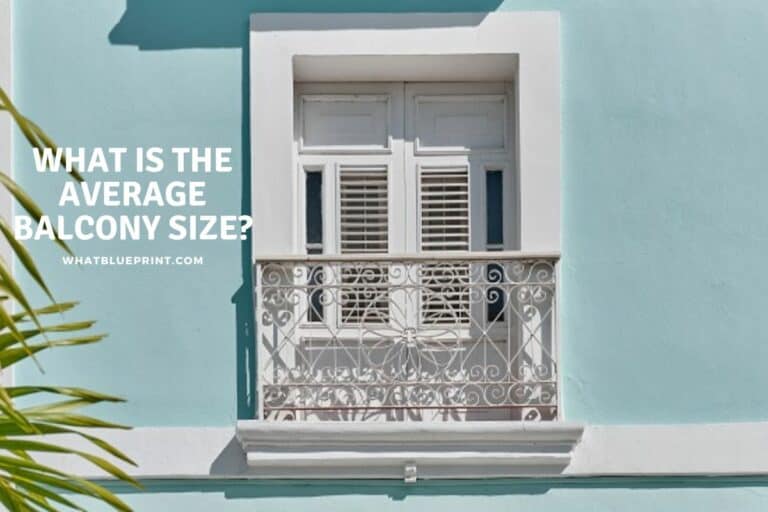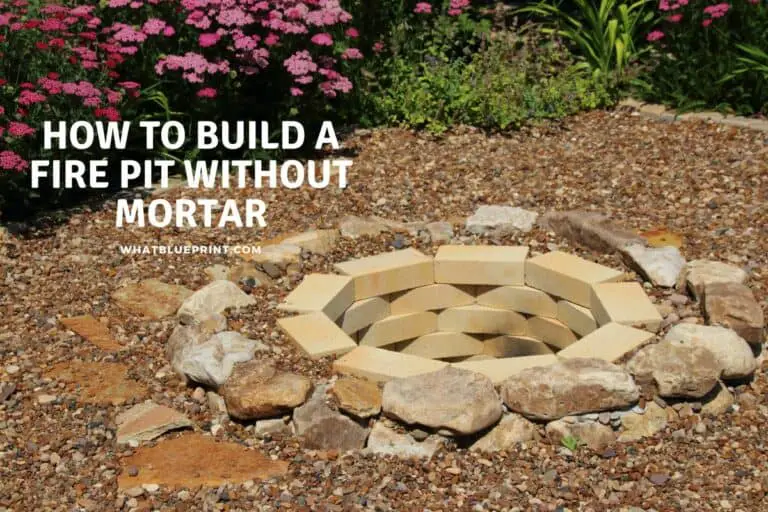How to Clean Terracotta Balcony Tiles
There are plenty of balconies and terraces around the world that make use of terracotta for their outdoor space, and beautiful as they can be, they also attract dirt and can be affected and bleached by sunlight. There is an irony in this as most places with terracotta tiles are in particularly sunny places. We take a look how to clean, protect, shine and even stain terracotta balcony tiles below.
Terracotta balcony tiles require more care than ceramic tiles. They are vulnerable to staining from ultraviolet rays. Clean them regularly with water and rinse to remove any chemical residues. Do not use soap or detergent on them. If you notice streaking, try using linseed oil and apply a UV-resistant sealant.
Although more fragile, at least in their appearance, terracotta has been used in outside spaces for thousands of years. It offers a more natural look than other balcony floor options and with a little care and imagination can last just as long as more manufactured options.
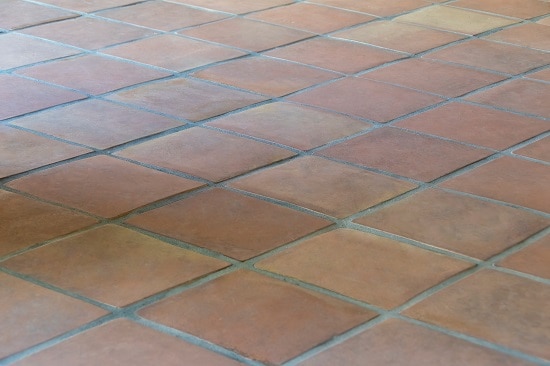
Efflorescence Problems with Terracotta Tiles
One of the most common problems when cleaning Terracotta balcony tiles is efflorescence. Efflorescence can be caused by a number of factors, including condensation, faulty drainage systems, or leaky pipes.
Identifying the source of the efflorescence and preventing it will greatly reduce the overall cost of fixing the problem once it has already happened.
Efflorescence can be dissolved by pressurized water from a pressure jet. Failure to remove water completely after cleaning may result in crystals and efflorescence to reappear.
Efflorescence is most noticeable on the exposed face of a tile, particularly near the grout line. The first sign of the problem is the formation of calcium carbonate on the tile’s surface.
This is a cosmetic problem, but if left untreated, the buildup could cause the tiles to become weaker as well as discolored. You may have to replace the tiles altogether. If you feel you are at this stage it may be worth considering contacting a professional.
Scrubbing with soapy water can remove some efflorescence. But it’s not a good preventative and could cause the efflorescence to come back.
One important factor in preventing efflorescence is the quality of workmanship. The tiles should be installed properly, with adequate adhesive coverage. Use a compatible adhesive so that efflorescence will be minimal.
A well-done installation job will reduce the need for rectification work and make cleaning easier.
Cleaning Terracotta with Linseed Oil
For added protection and to give a shiny appearance to your terracotta tiles you can apply a coat of linseed oil on the surface. Allow the oil to sit for about twenty minutes to absorb, then wipe it off with a dry cloth.
Follow this process for a shiny, even finish. After the floor has dried completely, you can apply a coat of protective finish, preferably oil-based.
To apply linseed oil, apply it to the stained area using a 1-inch paintbrush. Let it dry, then wipe it off with a soft cloth. If you want a glossier look, you can apply a coat of terracotta wax.
Make sure to apply the wax in small sections. Repeat this process several times until the area is shiny.
Before applying any cleaning product to terracotta floor tiles, you must first determine the type of floor covering. If your tiles are coated with waxes or varnishes, it may be necessary to strip them first.
Oils and varnishes tend to cause more damage than waxes or linseed oil. Also, consider the number of layers on the tiles. If they are covered in varnish, apply two coats of linseed oil.
Once your terracotta floor tiles are clean, and are completely dry, you can apply a coat of wax polish.
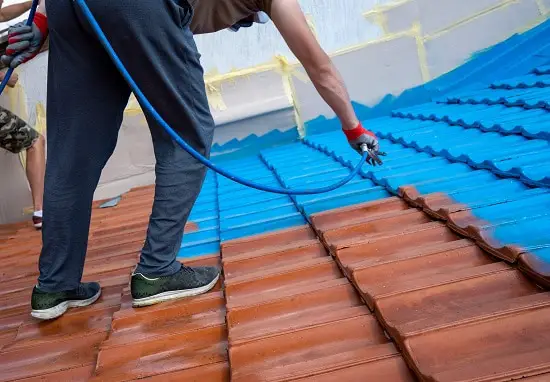
Using a UV-resistant Sealant
Using a UV-resistant sealant is vital to maintain the luster of your terracotta floor tile. To prevent water damage, you should regularly clean the surface using a soft nylon brush.
Avoid using wire brushes as these could remove the surface material. In addition, use mineral turps to remove any debris. After cleaning, it is important to use a UV-resistant sealant to prevent staining.
While applying a UV-resistant sealant to terracotta balcony tiles can help protect the tiles from damaging UV rays, it should not damage the surface.
Unlike traditional wax-based sealants, UV-resistant sealants can penetrate deep into the tile and prevent staining.
These sealants can also be applied on terracotta floor tile that has recently been installed. This will ensure the protection of your new Terracotta floor tile for the next several years.
Cleaning and Staining Terracotta with Wood Stain
While not exactly cleaning, applying wood stain is possible to terracotta tiles to change the color and hide any stains that may be too difficult to remove. However, there are some steps to follow before staining terracotta balcony tiles.
If you are looking to change the color of terracotta tiles, you may want to consider wood stain. However, you must take care to use a quality stain and to let it dry properly between coats.
If you do decide to use wood stain, you must first test it on a sample tile first, or failing that in a corner that will be unnoticed. Ensure that the stain dries properly between coats to prevent color changes in the tiles.
Before applying wood stain to Terracotta tiles, make sure that the grout is clean and dry. Also, be sure to use a mop with a sponge that can easily absorb the stain. Afterwards, apply the stain using long, sweeping motions.
Alternatively, you can simply spray the tiles with a wood stain to keep them looking beautiful. Just be sure to follow the directions carefully, as this stain may leave residue.
When applying wood stain to terracotta tiles, you should remember that the wood stain will change the color of the terracotta. Hence, it’s essential to test it first in an area where it is not visible. It may take several coats before you achieve the desired result..
After applying the wood stain, you should finish by applying a terracotta sealer to the surface.
If you have moss on your balcony you can check out the advice and tips we have in this article here.
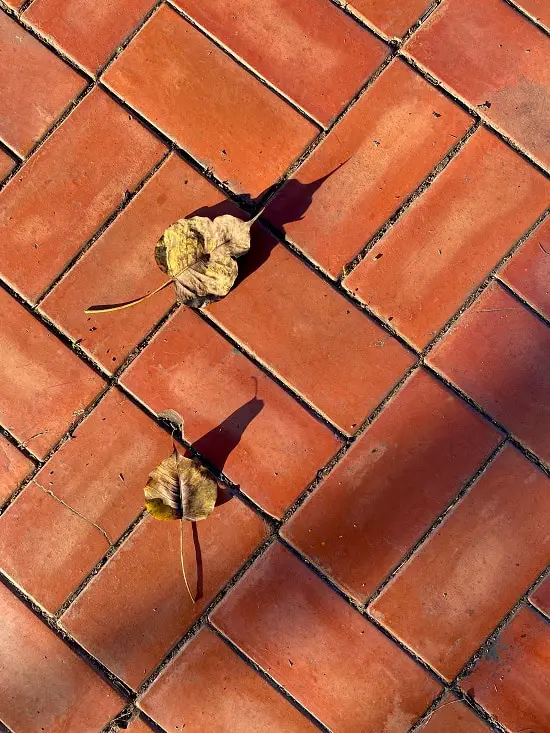
Conclusion
Terracotta offers a more natural balcony or terrace look but is more difficult to clean and easier to scratch. So when cleaning using regular water and either a soft brush or mop is best. These also work for other outside spaces where terracotta tiles are used as well.
Avoid soap and detergents is recommended to avoid staining or discoloring. To add extra protection, it is possible to use linseed oil or terracotta wax to add extra shine and water protection,
if your balcony has older terracotta tiles then you could consider staining it to bring back a color similar to its original, or even hide older ingrained stains that have developed over time.

